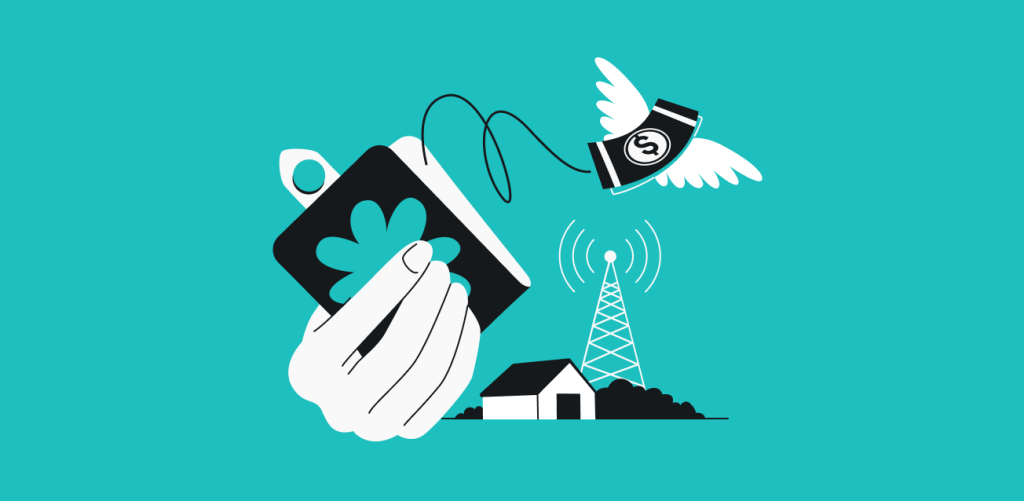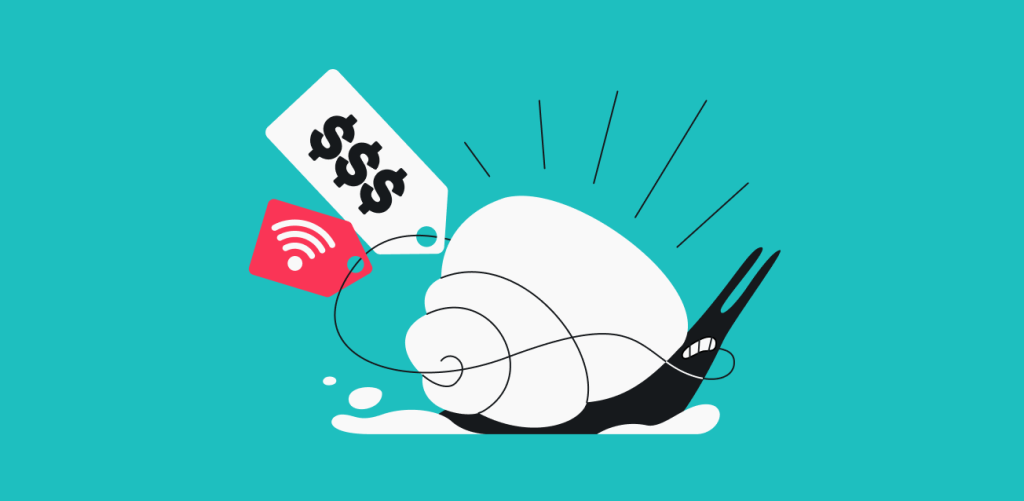
The gap between rural and urban U.S. is growing wider from both an economic and technological perspective. But it doesn’t stop there. Research shows that digital necessities can be very difficult to afford in certain states — namely, the ability to access quick and affordable internet.
In this article, we set out to map internet inequality in the United States with the Internet Value Index (IVi), taking time to address the ever-growing digital divide and pinpoint which states are overpaying for their internet connections.
Introducing Surfshark’s Internet Value Index
To illustrate the digital divide in terms of internet quality and affordability by U.S. state, Surfshark developed the Internet Value Index. This index is an extension of the Digital Quality of Life (DQL) index, which tracks and reports on the digital wellbeing of 117 different countries, or 92% of the global population.
The Internet Value Index draws from the greater DQL Index. Findings are calculated by dividing internet speed by internet affordability to determine which states overpay for their internet and which states receive fair prices for their connections.
Mapping internet value in the U.S.
The map below illustrates the growing divide in internet value per state. Areas highlighted in blue have higher internet value, while areas highlighted in pink have lower internet value.
New Jersey and Mississippi – two states at opposite ends of the internet value pole:
- New Jersey takes the lead with an Internet Value Index of 0.99 – more than 70% higher than the U.S. average of 0.58. The state is closely followed by Massachusetts (0.93) and New York (0.92).
- On the other end of the spectrum, Mississippi comes in lowest with an index of 0.30 (around 50% below the U.S. average). Slightly luckier internet denizens reside in Wyoming (0.33) and Arkansas (0.35).
Find the full research material here.
3 out of 4 rural U.S. states overpay for the internet
States ranking from 1 to 25 on the Internet Value Index were classed as having fair internet prices and states ranking from 26 to 50 were classed as having overpriced internet.
Rural states are suffering the most in terms of internet value: 3 out of 4 rural states have overpriced internet. The situation is vastly different in more urbanized states, where 3 out of 4 states get fair internet prices.
The Northeast gets better internet value than the rest of the country
The Northeast’s internet value is almost 30% higher than the U.S. average:
- It is the only U.S. region with an index higher than the U.S. average.
- This region has the largest percentage of urban area, the highest population density, and the highest income.
- The Middle Atlantic division of the Northeast is the best-performing division by a large margin, with its index being more than 50% higher than the U.S. average.
The remaining regions perform similarly to one another and are more than 20% behind the Northeast. The Midwest comes in at second place, just below the U.S. average, followed by the West and, finally, the South.
Internet value is affected by many factors
When it comes to a state’s internet quality and affordability, multiple factors come into play:
- Economic position: the wealthiest states get the best internet prices — 83% of high-income states enjoy a high Internet Value Index. Meanwhile, the poorest states have to sacrifice more of their hard-earned money for lower internet value.
- Population density: population density has a significant correlation (0.74) with the Internet Value Index. Highest-ranking New Jersey has the highest population density (1062 people/sq.mi.) – that’s 12 times more people per square mile than the U.S. average (87 people/sq.mi.).
- Percentage of urban area: population density tends to coincide with urban areas. States in the best-performing Northeast region have a three-times higher percentage of urban area (20% on average) than states in the worst-performing Southern region.
- Landlocked or not: The average index of non-landlocked states (0.65) is 25% higher than the average of landlocked states (0.52). The Northeast, the best-performing region, has the lowest percentage of landlocked states (22%).
These rules aren’t set in stone — some states can be anomalous and have good internet value. Take Utah, for example, which has lower income, low population density (39 people/sq.mi.), is doubly-landlocked, has just 1% of urban area, but still ranks 15th in the country by internet value. This suggests that rural lack of internet value isn’t a law of physics: if some rural states manage it, it should be possible in others.
Mapping the internet value gap for the future
Unequal access to high-quality and affordable internet is contributing to the digital divide in the U.S. If the gap persists, rural states will continue to be left out of economy-boosting opportunities, such as working and studying online. Enhancing internet connectivity in rural states can be the first step in bridging the country’s economic, digital, and educational divides.
Methodology
This study ranks 50 U.S. states based on the Internet Value Index (IVi). The IVi is determined by two pillars: fixed broadband internet and mobile internet speed-to-affordability ratios. These pillars are made up of four indicators that directly influence the quality-to-affordability aspect.
Indicator 1: labor needed to afford fixed broadband internet, hours
The factor value of fixed broadband affordability was determined by dividing the average monthly price of a fixed broadband package by the average hourly wage (net) in a given state.
Indicator 2: labor needed to afford mobile internet, hours
Determined the same way as fixed broadband affordability, except using the average price of a 1GB mobile data package.
Indicator 3: median fixed broadband download speed, Mbps
To determine the median fixed broadband download speed in a given state, we averaged each state’s median download speed values for four quarters between Q3 of 2021 and Q2 of 2022.
Indicator 4: median mobile internet download speed, Mbps
Determined the same way as median fixed broadband download speed.
Fixed broadband and mobile internet quality to affordability ratios, Mbps/hour
The factor value of internet (fixed or mobile) quality to affordability was determined by dividing the median internet speed in a given state by its internet affordability value. Each state’s value was then divided by the maximum value of the data set and weighted by 0.5.
A limitation of this study is that mobile internet pricing is the same across all states. Based on desk research and as confirmed by an AT&T employee, mobile data prices do not vary across states, with the only variable being taxes for such services.
Find full research material here
Sources
United States Bureau of Labor Statistics. (2021). United States state average annual and hourly wages, gross.
Salary After Tax. (2022). Gross to net salary calculator.
InMyArea.com. (2022). United States state average fixed broadband internet package price per month.
Cable.co.uk. (2022). United States average 1GB mobile internet package price.
Speedtest. (2022). United States state fixed broadband internet speeds, Q2 2022.
Speedtest. (2022). United States state mobile internet speeds, Q2 2022.
United States Census Bureau. (2010). United States state area measurements.
United States Census Bureau. (2010). United States state urban and rural area and population measurements.
United States Census Bureau. (2010). United States census regions and divisions.
United States Census Bureau. (2021). United States state population estimates.
BroadbandNow. (2020). United States state terrestrial broadband access, percentage of population.
BroadbandNow. (2020). United States state internet providers.
WorldAtlas. (2022). Landlocked states of the United States.


